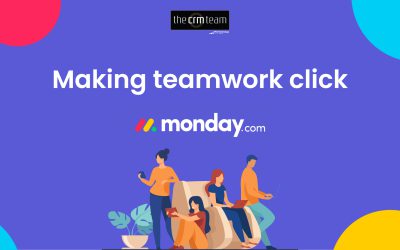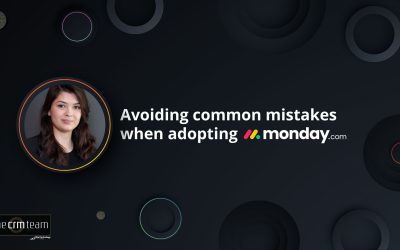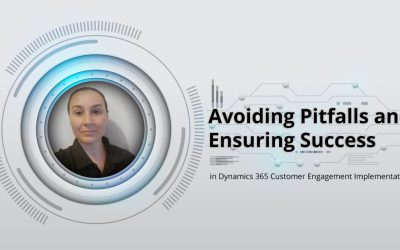Users are Key
That’s how much companies around the world threw away on IT projects. We’re talking ZERO return on their hefty investments.
But it doesn’t have to be this way.
There’s a secret that all successful companies know: Early User Testing.
The old model of ‘Collect – Build – Test’ is dead. No matter how good you are at business strategy, if only let your users in at the end you’re carrying huge risk.
Michael McWatters, UX architect at TED, puts it this way:
“Even the best teams can’t predict every possible pitfall.”
Companies like Uber and AirBnB get this. They ship early and often. By doing this they get crucial feedback from their end-users. The product is shaped so that it genuinely meets a need, mitigating their risk.
It costs 30-100 times more to fix a problem after a project has finished than during it. So this approach makes financial sense as well.
Dr. Susan Weinschenk, Chief of UX Strategy at Human Factors International, said business applications need to do three things well:
- Be easy to use
- Satisfy user expectations and
- Meet business goals
The only way of being sure about the first two is to get real user feedback.
But doesn’t Quality Assurance testing do this?
“You might think you’ve addressed every flaw in your design, but until you get user feedback, you won’t know how people really use and perceive what you’ve created.”
Without involving end-users, a business app can pass QA testing but fail on the following:
- Incorrect assumptions about user behavior
- Unnecessary features
- Confusing navigation
Fixing these problems after deployment has happened is a frustrating and costly exercise. The cost-effective solution is to get the end users in early.
But how do you do that when the solution isn’t fully deployed?
The way to do get end users in early is to use an iterative deployment process. You produce a working version early (called a minimal viable product) and then run cycles of test and improve, test and improve etc. Depending on the project, it should take days to just a few weeks to get an MVP going. As soon as this is ready you get the end users in to test it and using their feedback you run the next iteration cycle and present again.
Over a three-month deployment, if the iteration cycle is three weeks, the end users would have experienced a version of the application at least four times. With their input, it would have gotten better and better each time.
This process is becoming the standard way to do deployments. Because it gives the customer such flexibility it is aptly named Agile.
We love it and can’t imagine doing deployments any other way.
Our customers get what they want and we get the satisfaction of adding genuine business value to the companies we serve.
Don’t waste money deploying an IT solution that doesn’t suit your users – get them in early. Your users are key.
Don’t miss more articles by The CRM Team
Breaking Down Silos: How monday.com Unifies Teams Across Departments
Breaking Down Silos: How monday.com Unifies Teams Across DepartmentsIn today’s fast-paced business environment, the biggest roadblock to efficiency isn’t just outdated processes—it’s siloed teams. Different departments often operate in isolation, leading to...
Avoiding common mistakes when adopting monday.com
Avoiding common mistakes when adopting monday.com - Unlock Its Full Potential for Business Successmonday.com has transformed how businesses manage projects, workflows, and team collaboration. It’s a powerful Work OS that promises automation, real-time insights, and...
Avoiding Pitfalls and Ensuring Success in Dynamics 365 Customer Engagement Implementation
Avoiding Pitfalls and Ensuring Success in Dynamics 365 Customer Engagement Implementation by Taryn EngelbrechtImplementing Dynamics 365 Customer Engagement can be a game-changer for organizations looking to enhance their digital presence and improve customer...
Discover More Stories


